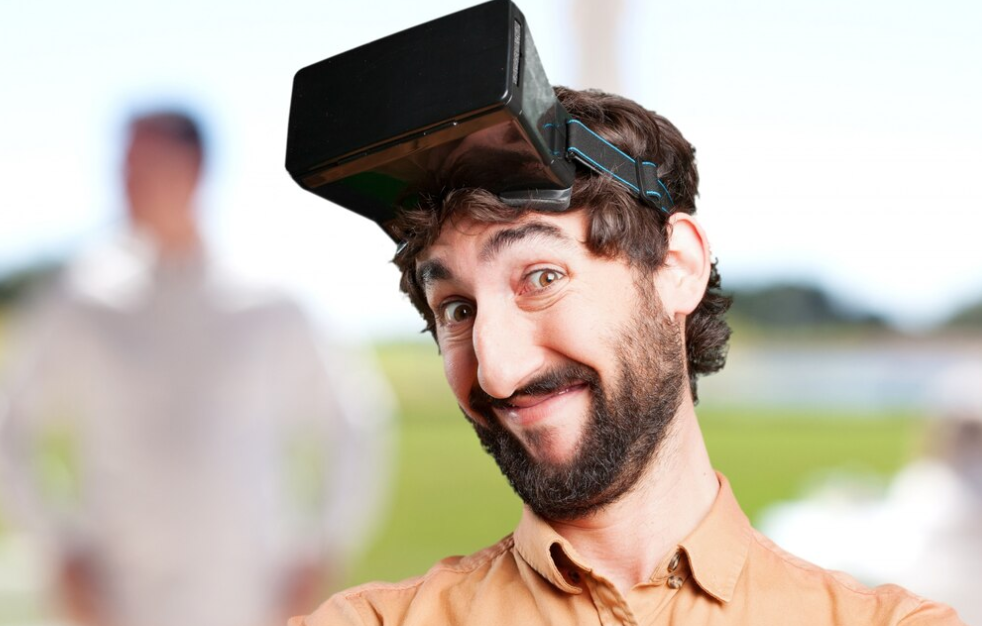While screens have evolved from grainy black-and-white displays to immersive, high-definition experiences, one human sense remains mostly untouched by digital innovation: smell. But this might be about to change. The emerging field of olfactory interfaces aims to bring scent into the digital realm — enabling us to smell virtual flowers, taste digital food, or even receive scented notifications.
Could the next frontier in immersive technology be the digitalization of scent?
What Are Olfactory Interfaces?
Olfactory interfaces are systems designed to detect, transmit, or simulate odors. These interfaces typically work by releasing micro-doses of aromatic molecules, either synthetically generated or derived from natural oils, in response to digital stimuli.
Imagine:
- Smelling coffee when receiving a morning calendar alert
- Getting a lavender puff when your meditation app begins
- Smelling smoke in a virtual reality fire safety simulation
These scenarios are no longer science fiction. Researchers and startups are already building prototypes.
How It Works
Most digital smell systems include:
- Scent cartridges: Small reservoirs of various smell compounds
- Release mechanisms: Timed valves or vaporization systems
- Software control: Apps or APIs that trigger scent emissions
- Wearable or desktop devices: From VR headsets with scent modules to USB-connected aroma diffusers
The challenge is in creating precise control of scents, especially in combinations, timing, and dissipation.
Applications of Digital Scent
1. Virtual and Augmented Reality
Adding smell to VR can boost immersion significantly. A walk through a digital forest becomes more lifelike with the scent of pine. Training simulations, like firefighting or military drills, become more realistic — and more effective.
2. Healthcare and Therapy
Smell is directly linked to memory and emotion. Olfactory interfaces may help treat PTSD, anxiety, or depression through digital aromatherapy. Scents can calm, trigger memories, or support exposure therapy.
3. Food and E-Commerce
Online shopping could include digital smell previews for perfumes, candles, or even food. Chefs and foodies could experiment with virtual flavors, enhancing the sensory experience of cooking videos or recipes.
4. Entertainment and Gaming
Games could include smell-based storytelling — think of environments where a new level has a distinct scent profile. Films could integrate smell tracks to heighten emotional impact.
Limitations and Challenges
- Standardization: There’s no “universal scent format” like MP3 for audio.
- Scent pollution: How do we clear or switch smells quickly?
- Health concerns: Prolonged exposure or allergies could be problematic.
- Content creation: Developers need tools to “program scent,” which is not yet mainstream.
The Psychological Power of Scent
Smell is processed by the limbic system, the brain area linked to emotion and memory. That’s why a scent can instantly transport you to childhood, or influence your mood without you realizing it.
By adding this sensory layer to technology, we could deepen digital experiences in ways visuals or audio alone cannot achieve.
Looking Ahead
In the next decade, olfactory technology could:
- Become part of mainstream smart home systems
- Be integrated into VR/AR headsets
- Create entirely new multisensory entertainment formats
As we expand the boundaries of human-computer interaction, it’s clear that the future won’t just be seen or heard — it may also be smelled.
Conclusion
Digital smell is not just a novelty — it’s a serious step toward making technology more human. By engaging the full spectrum of our senses, olfactory interfaces promise a deeper, richer, and more emotional digital world.
After all, if a picture is worth a thousand words, what is a scent worth?


